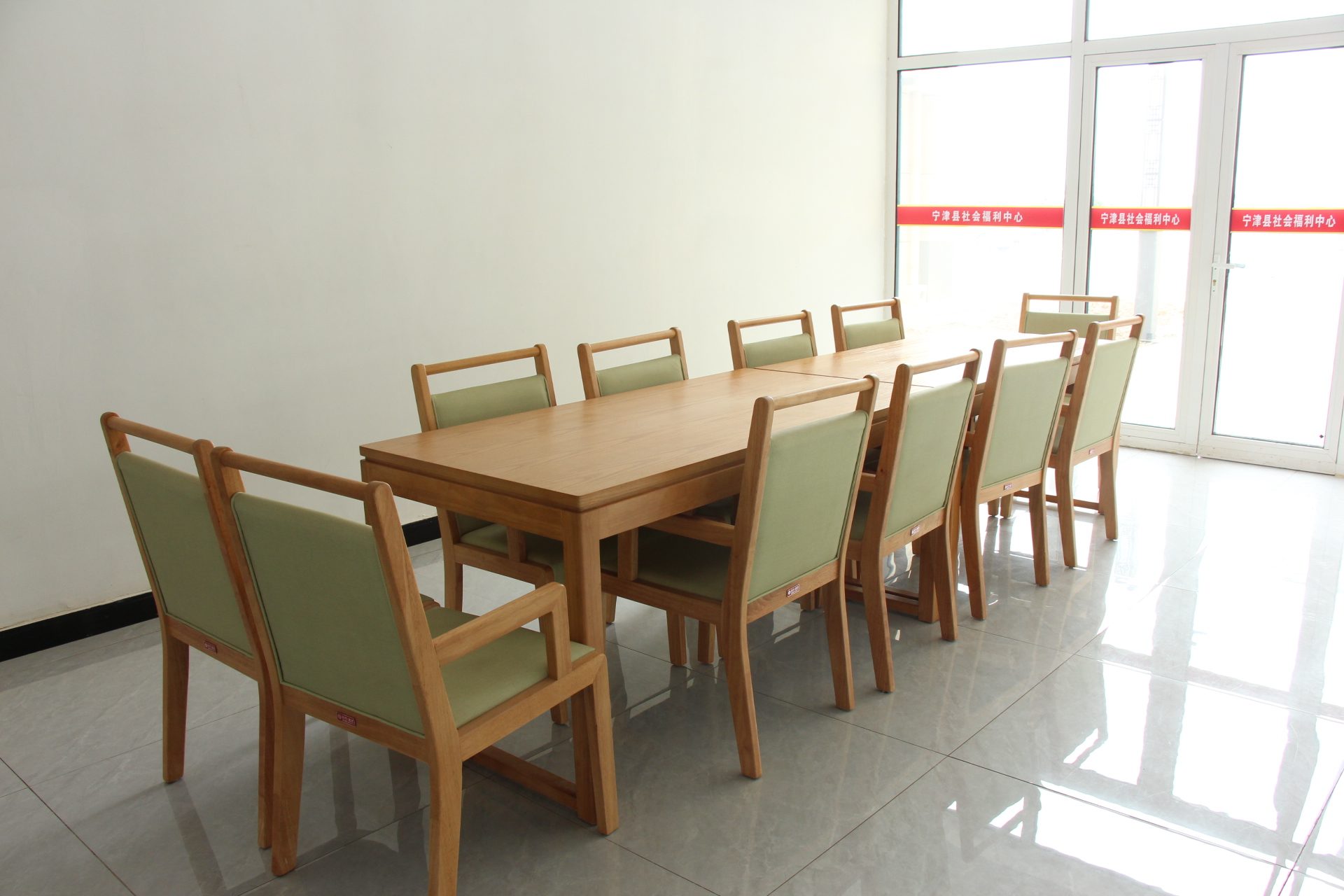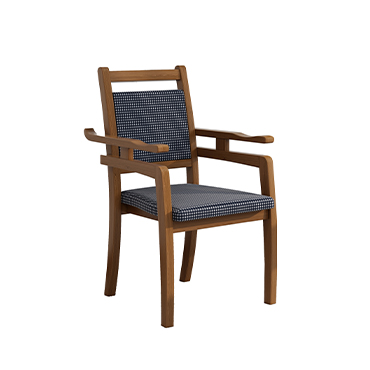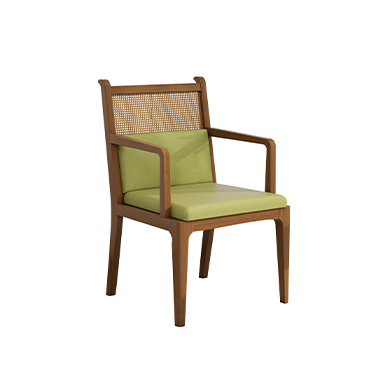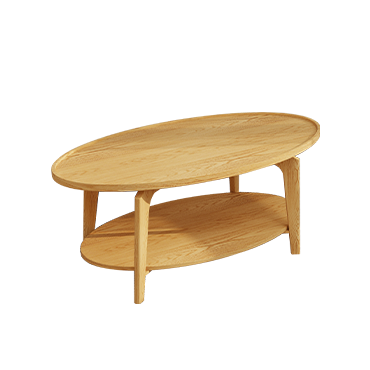Prevent Allergies and Dust: Choosing and Arranging Furniture to Protect Senior Health
Maintaining a clean and comfortable home is essential for seniors’ health. While choosing convenient and practical furniture is important, indoor air quality also plays a crucial role. Dust and pollen can trigger allergies, respiratory problems, and infections, posing significant risks for older adults with weaker immune systems.
Here’s how to select and arrange furniture to minimize exposure to pollen and dust.
How Dust and Pollen Affect Seniors
Allergy Risks: Contrary to common belief, seniors can develop pollen allergies. Symptoms may vary, but pollen exposure can affect overall health, especially for those with lower physical resilience.
Dust Hazards: Dust in the air increases the risk of respiratory infections and colds. Preventing dust accumulation is crucial for elderly individuals.
Choosing Furniture to Reduce Dust and Pollen
1.Smooth Surfaces for Easy Cleaning
Furniture with flat, smooth surfaces—especially wooden tables and chairs—is easy to wipe down, preventing dust and pollen buildup. Wood also provides a warm, comfortable feel compared to metal or glass.
2.Anti-Static Materials
Static attracts dust and pollen. Natural materials like wood, cotton, linen, and silk are less prone to static. For upholstered furniture, choose options with anti-dust coatings to simplify cleaning.
3.Raised Furniture for Accessible Cleaning
Furniture with legs and space underneath allows easy vacuuming or mopping, preventing dust accumulation in hard-to-reach areas.
Furniture Arrangement Tips
Leave Gaps from Walls
Avoid placing furniture flush against walls. A 5–10 cm gap allows easy access for cleaning tools and reduces dust accumulation in corners.
Maintain Consistent Heights
Furniture with uneven heights can trap dust and make cleaning difficult. Keeping surfaces at similar levels helps maintain a cleaner environment.
Use Cabinets with Doors
Open shelves are prone to dust. Store clothing and other items in cabinets or drawers with doors, keeping visible surfaces minimal to reduce dust exposure.
Cleaning and Maintenance Tips
Use a Damp Cloth: Wipe surfaces with a damp cloth or wet wipes to prevent dust from dispersing into the air. Use a wet mop for floors instead of a dry vacuum when possible.
Electrostatic Dusters: Ideal for areas that cannot be wiped with water; they quickly remove dust using static electricity.
Anti-Static Sprays: Apply to curtains, cushions, and fabric surfaces to reduce dust and pollen adhesion.
Conclusion: Daily Measures to Protect Senior Health
By selecting easy-to-clean, anti-static furniture and arranging it thoughtfully, you can significantly reduce dust and pollen accumulation, improving indoor air quality. For seniors, comfortable, practical, and low-maintenance furniture not only enhances daily living but also safeguards health and well-being.





